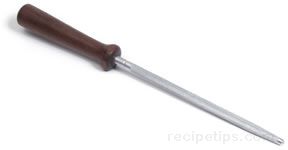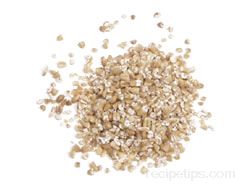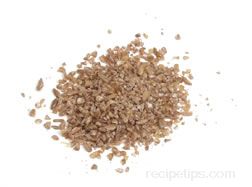To properly use a sharpening steel, position the tip against the Steel and hold the top of the blade out and away from the Steel at a 20º to 30º angle. With the Steel in one hand and the knife in the other, lightly draw the knife blade across the steel with a downward arcing motion, beginning at the edge closest to the handle and pulling it from handle to tip as the edge moves in an arc across the steel.
When selecting sharpening steels, consider the intended use, the length required for the knives being used, the shaft shape desired (round or elliptical), and the shaft material of the steel. A steel is designed to straighten the edge of the knife's blade to maintain its sharpness, which is why it is sometimes referred to as a straightening steel. Although the traditional Steel is round in shape, the steel may also have an elliptical shape to provide a wider straightening or sharpening surface.
Sharpening steels are made of a carbide composition such as silicon carbide, a ceramic material, or a diamond coated metal that has diamond dust bonded throughout the surface of the metal. With varying amounts of carbon, the steels have different degrees of hardness, which are classified according to the Rockwell scale, a standard for measuring the hardness of specific materials. It is required that the level of hardness for the steel be higher than the level of hardness of the blade being straightened in order for effective straightening to occur since a harder material is required to change the dimension of a softer material. Ceramic materials are harder than steel materials, so if the knife is made of an exceptionally hard metal, a ceramic steel may be the best choice for maintaining the knife's edge.













